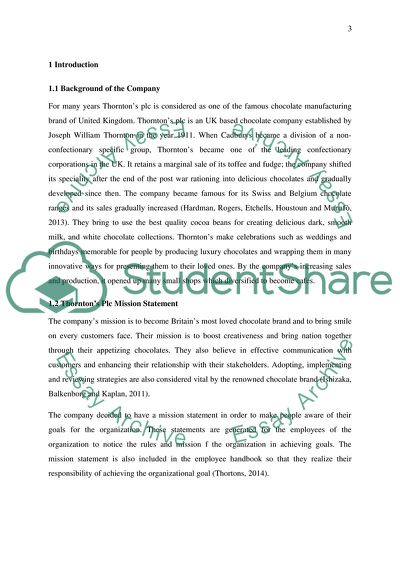Cite this document
(Thorntons Plc essay Example | Topics and Well Written Essays - 3000 words, n.d.)
Thorntons Plc essay Example | Topics and Well Written Essays - 3000 words. https://studentshare.org/finance-accounting/1869975-thorntons-plc-essay
Thorntons Plc essay Example | Topics and Well Written Essays - 3000 words. https://studentshare.org/finance-accounting/1869975-thorntons-plc-essay
(Thorntons Plc Essay Example | Topics and Well Written Essays - 3000 Words)
Thorntons Plc Essay Example | Topics and Well Written Essays - 3000 Words. https://studentshare.org/finance-accounting/1869975-thorntons-plc-essay.
Thorntons Plc Essay Example | Topics and Well Written Essays - 3000 Words. https://studentshare.org/finance-accounting/1869975-thorntons-plc-essay.
“Thorntons Plc Essay Example | Topics and Well Written Essays - 3000 Words”. https://studentshare.org/finance-accounting/1869975-thorntons-plc-essay.


